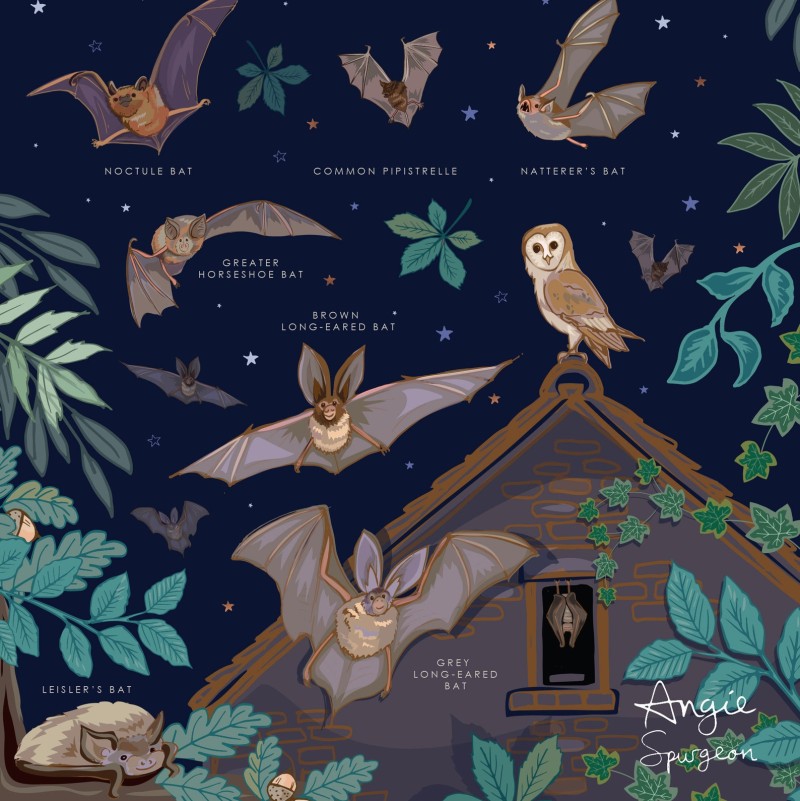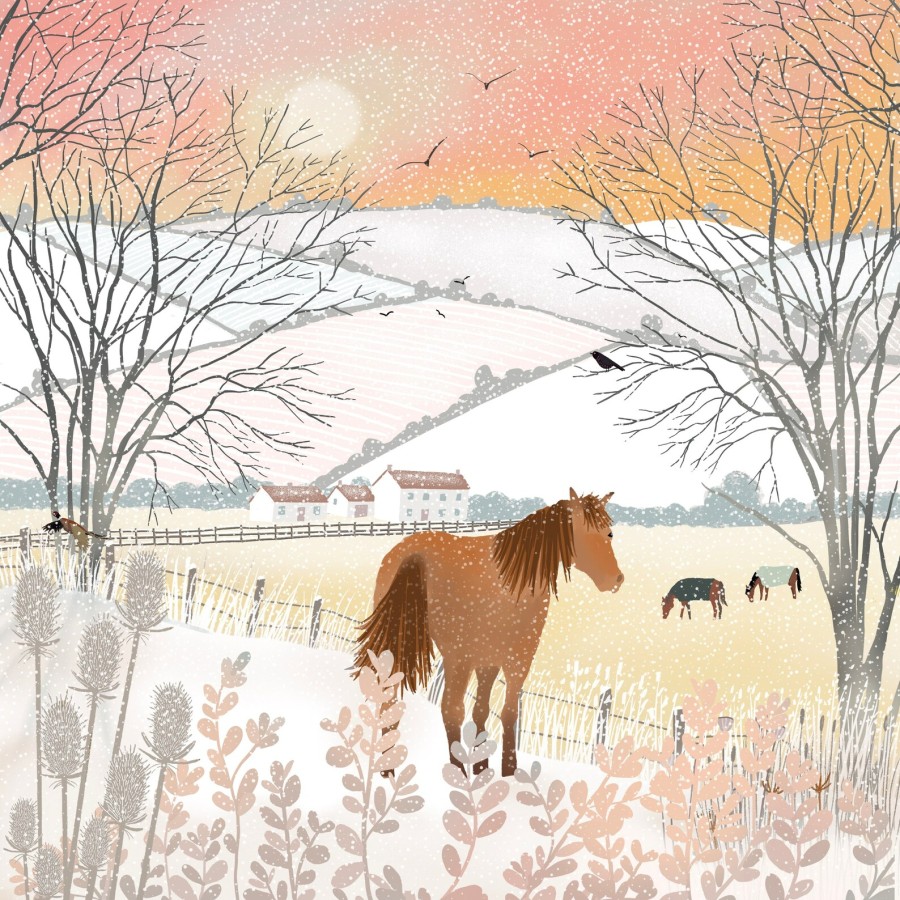Lots of Ways to Help England’s Endangered Species
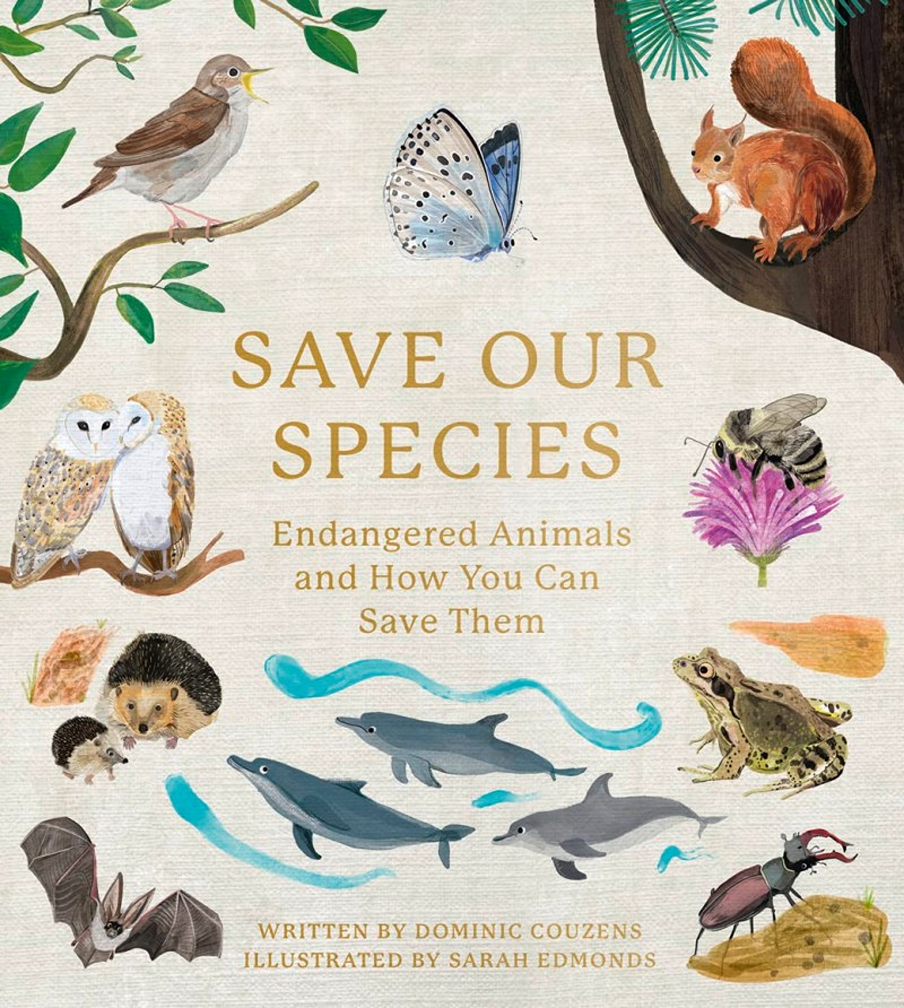
We often hear about endangered species abroad. But many creatures in England are at risk of extinction. Main threats are not poaching but habitat loss, pesticides (gardens and farming), litter and bad planning laws (made by MPs, without consulting wildlife experts).
View our native wildlife tag, to learn more on each species and how to help. And also read our post on help your local wildlife rescue.
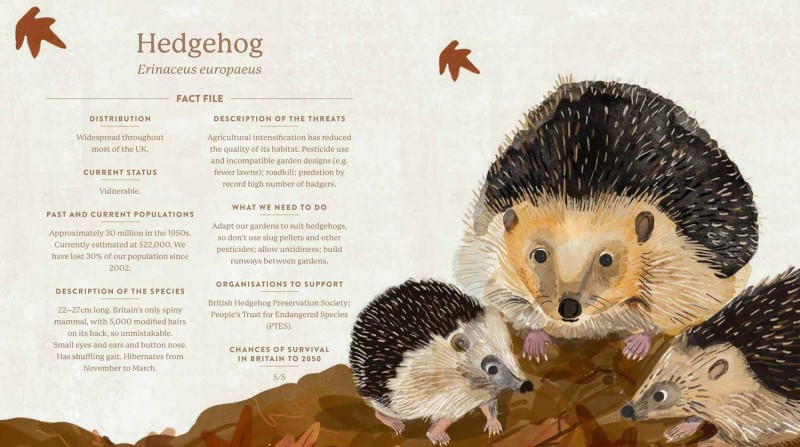
Save Our Species is unique in that it includes information on British endangered wildlife. The IUCN Red List is the place to find current statistics, and learn how to help. The shocking news is that there are 44,000 threatened species (almost a third of all of them).
Creatures profiled in this gorgeously illustrated book include:
- Hedgehogs
- Squirrels
- Skylarks
- Puffins
- Barn owls
- Bottle-nose Dolphins
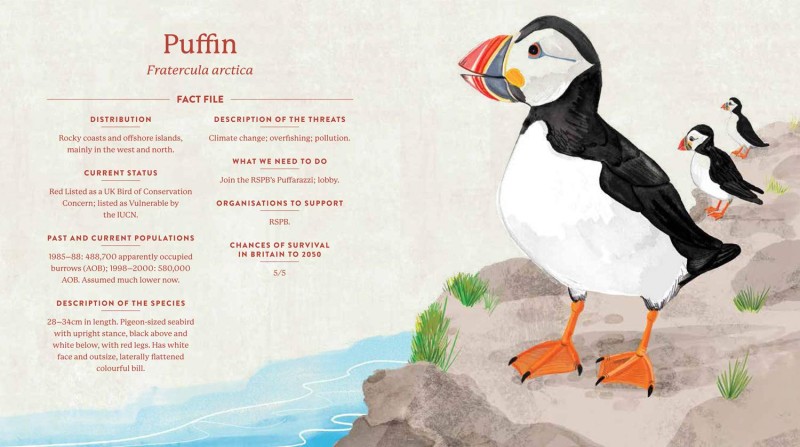
Britain’s nature is in serious trouble. Thanks for being part of the solution. You care about nature, and that is incredibly important. Our wildlife needs you on board desperately.
All manner of wildlife habitats have been lost to development. Chalk downlands, heaths, bogs, freshwater marshes, seacoasts, estuaries, Caledonian pine forests and meadows. We have lost 97% of our flower-rich meadows since the 1930s.
Governments of the day kick environmental concerns into the long grass. Decision makers are in thrall to the lobbyists for big business, and economics entranced by models like ‘growth’ which pay no attention to the quality of life.
Big infrastructure projects make politicians’ eyes light up. We are caught in a cultural insanity that holds tidiness in high esteem in the garden, yet leaves the countryside littered.
Dominic Couzens is a leading nature writer and lecturer. He has written around 45 books, writes three magazine columns and has published over 700 articles.
Help Save England’s Endangered Species
- Grow native flowers, shrubs, and trees. Wildflowers feed bees and butterflies. Native shrubs give dormice shelter. Read our posts on pet-friendly and wildlife-friendly gardens.
- Leave gardens a little ‘messy’. Garden organically and leave log piles etc, for wildlife to shelter and hibernate. If you buy ‘wildlife homes’, be sure to buy the right kinds, and site them well. Avoid tin or coloured birdhouses, which attract predators and can over-heat.
- Don’t drop litter. Litter (from plastic to glass to tin cans) can all harm native birds and wildlife. Place it in bins, and if you see any, put it in the nearest bin. Especially ‘things that choke’ like rubber bands, beer can rings and hair bands.
Hazel Dormice

Hazel dormice spend a good deal of their lives fast asleep. But in order to do this, they have to build up fat reserves (mostly from hazelnuts) and find somewhere safe and warm to sleep. Read our post on how to save endangered sleepy dormice.
Spiky Hedgehogs
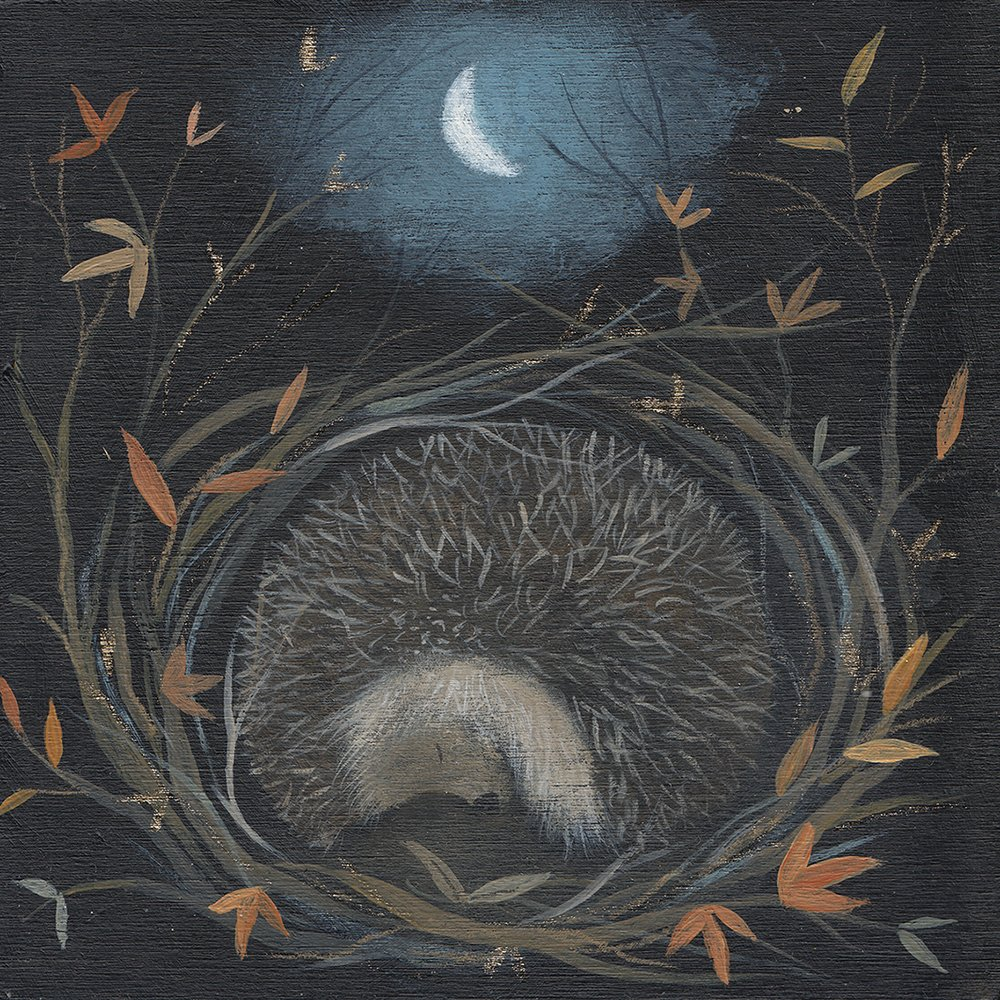
England’s favourite prehistoric mammal is named after the hedgerows they used to call home. But due to modern farming, today we need to provide hedgehog highways (so they can roam between gardens at night).
These curious creatures are at risk from many hazards like open drains to chemicals, to road traffic. Read our post on simple swaps for hedgehog conservation.
Tiny Water Voles
Water voles are severely endangered, often mistaken for rats on the riverbank. Although it’s true that minks (imported and accidentally released from the fur industry) do attack them, the main way to help is for farmers to restore and protect riverbanks.
This is so they can burrow and feed (water voles must eat 80% of their body weight each day, from a range of over 200 plant species). Read our post on helping England’s tiny voles.
(not-scary) Bats

England’s bats are rarely seen, due to being nocturnal. But just like bees and butterflies, they are important pollinators, particularly of night-scented flowers. Again, pesticides kill insects. Pipistrelle bats need to eat thousands of insects each night.
The greater mouse-eared bat is now only known to be one male who hibernates in a railway tunnel in Sussex, so likely to go extinct. Read our post on helping (non-scary!) bats.
Forest-Loving Red Squirrels

Red squirrels are endangered, partly due to not being immune to Squirrelpox, a virus carried by grey squirrels (a vaccination is imminent). However the main reason is logging of natural pine forest homes (why they thrive in Northumberland and the Scottish Highlands).
Another idea is breeding programs on islands, free from Squirrelpox. This is happening on the Isles of Scilly, with great success. Read our post on saving red squirrels (without culling grey squirrels).
Curlew Wading Birds

These unique birds with their upturned beaks are critically endangered. Restoring wetlands, avoiding peat compost and supporting organic farmers (that don’t use pesticides that kill their insect food) is key.
Read our post on how to help England’s wading birds.
Fast-Flying Swifts
Many old buildings where swifts nest, are now sealed up or knocked down. A recent proposal to amend building laws to include ‘swift bricks’ has recently been shelved by Labour, something that campaigners are appalled at, believing it to be politically motivated (frightened of Reform and Trump supporters).
Read our post on helping birds.
Super-Cute Puffin Birds

Puffins are Icelandic birds that are widely found in northeast England. However, they are facing problems due to pollution and lack of food. A recent EU ban on sandeel fishing is helping numbers to recover, but political arguments are ongoing.
Buzzy Bees (essential pollinators)
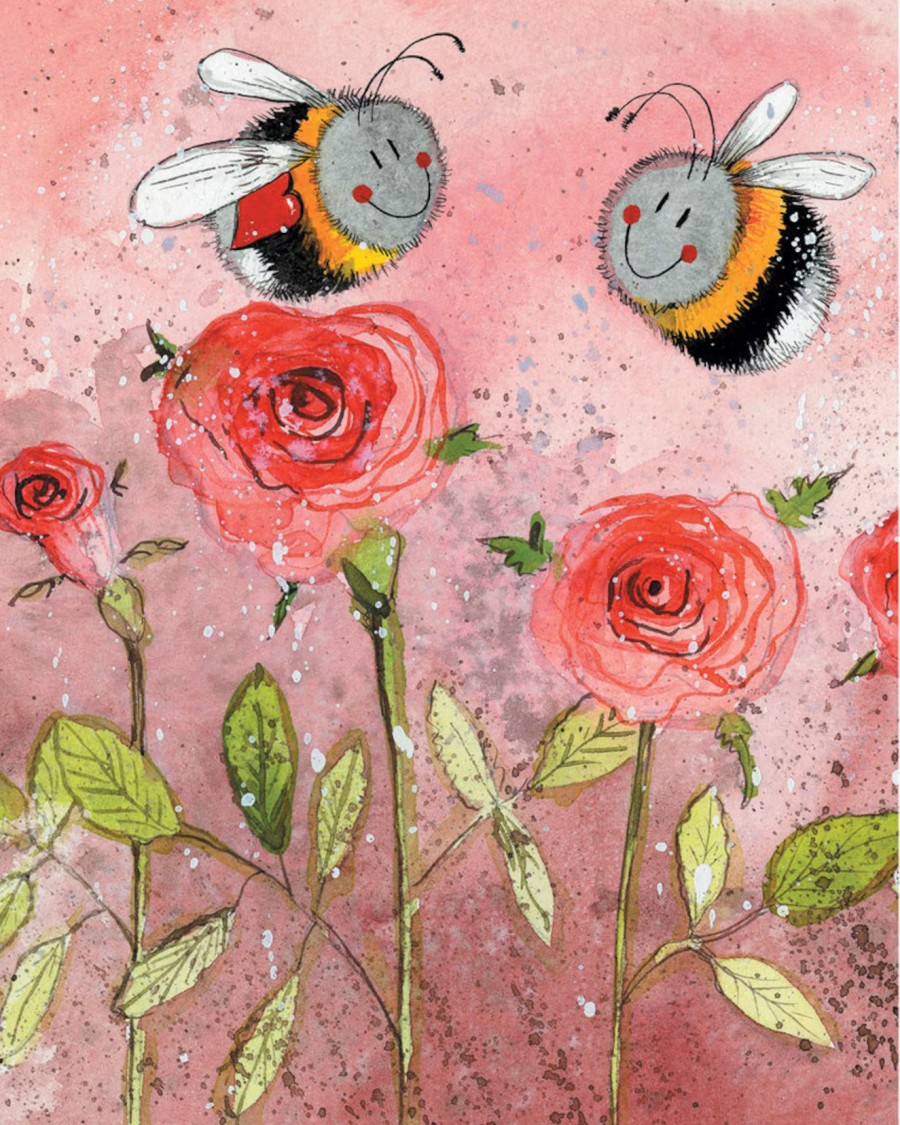
Everyone’s favourite buzzing insects are at risk of extinction, due to lack of habitats and wildflowers, which they need for pollination (which also provides most of our food). Read our posts on helping endangered bees.
Butterflies (self-propelled flowers)

Starting as caterpillars, butterflies also love pretty flowers for pollination, and need gardens and fields free from pesticides and chemicals. Read our post on providing butterfly-friendly habitats.
Tough-Looking Stag Beetles

Stag beetles are now also endangered, due to lack of habitat and modern gardening methods. Those big grubs you find in soil are baby stag beetles.
Read our post on how no-dig gardening can help stag beetles (and earthworms).
Dragonflies and Damselflies (aerial dancers)
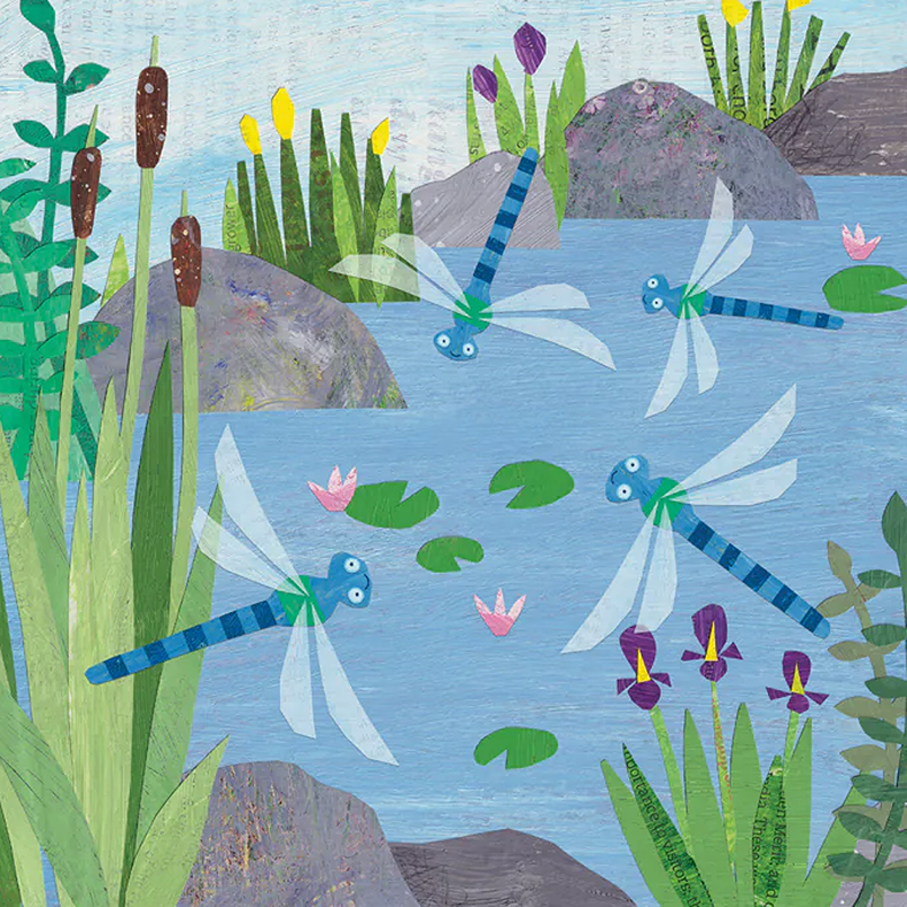
Dragonflies and damselflies are beautiful creatures that are endangered, mostly due to lack of their natural wetland habitats. Read our post on restoring England’s wetlands.
Sea Turtles (ocean lawnmowers)

Sea turtles graze on seagrass. But they are severely endangered due to sea pollution and litter (they often swallow party latex balloons, thinking they are jellyfish, a reason to never release them). Read our post on zero waste alternatives to party balloons.
(very loud!) Natterjack toads
These loud toads (with their booming calls) are now only mostly found on the Norfolk coast. They need shallow pools to breed. The best way to help is to avoid walking on sand dunes.
Great crested newts (which perform a fantastic courtship dance, waving their tails around while standing on their front legs) have had numbers dramatically decline in the last s40 years, due to relaxing planning laws.
This issue has become a political hot potato, as affordable homes would instead be built on derelict land, less hazardous to wildlife. Read our post on helping all amphibians (newts, frogs and toads).
Adders (England’s only venomous snake)
These reptiles are at risk of extinction by 2032, if not helped. Around 90% of populations are in decline. Secretive smooth snakes are England’s rarest reptile, though it’s not clear how rare their habitats are, as most people never see them.
Dog-Friendly Cornwall has tips on when to avoid walking near basking adders (‘safe hours’ were before 9am and after 7pm). But rising temperatures means times may change.
Adder bites need emergency vet care (read more on how to avoid & treat adder bites).
Books to Help England’s Endangered Wildlife
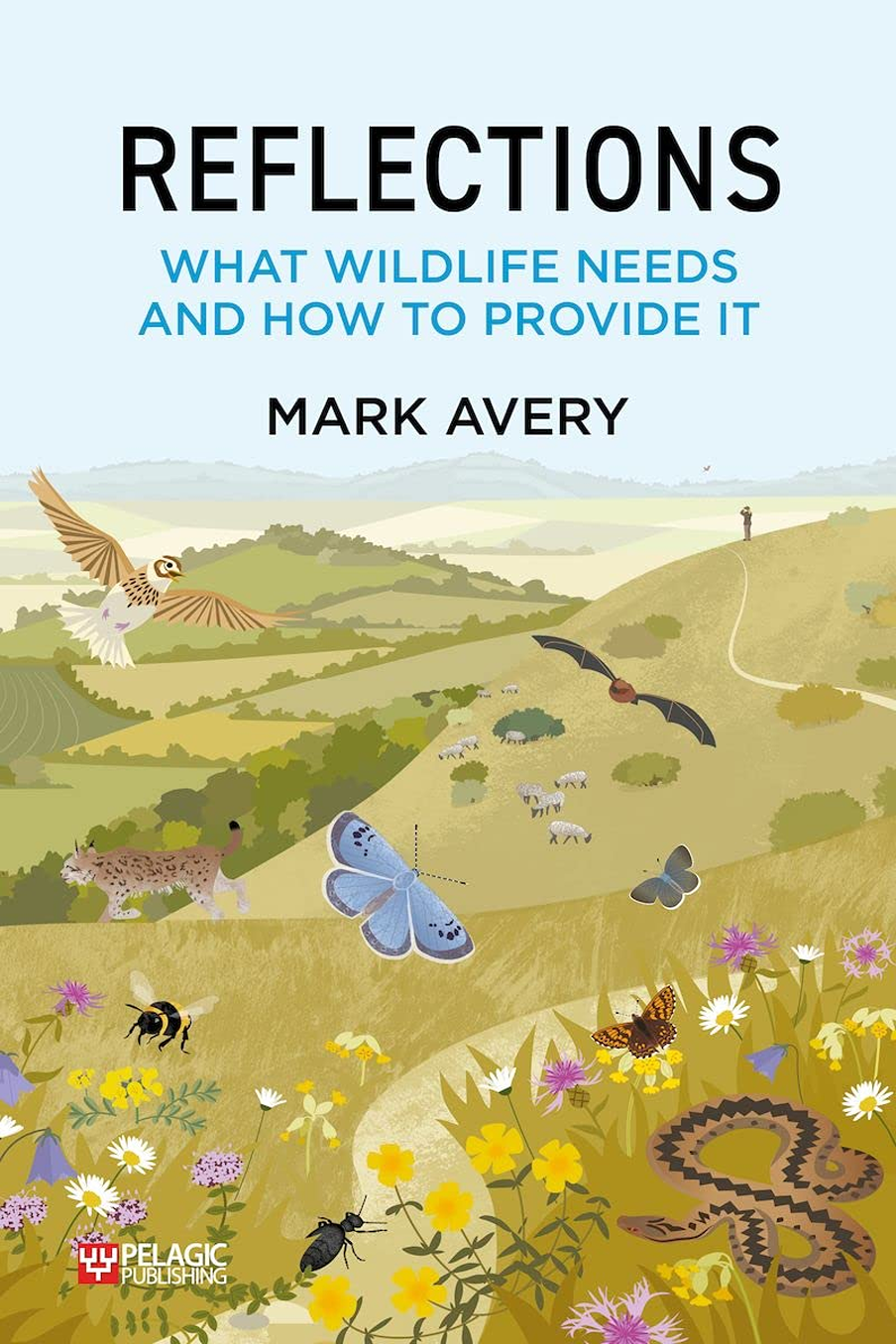
Reflections is a book on what wildlife needs, and how to provide it. Marc Avery reflects on our relationship with wildlife and conservation, from cats that pass through his garden to decline of farmland wildlife and pasqueflowers he visits each spring.
Everything is connected and considered. It’s time to role out conservation on a bigger scale.
A timely brutally honest yet inspiring account on what has gone wrong with wildlife conservation, and how we can put it right. Stephen Moss
If I were ‘king for a day’, Avery would be instantly installed as the benign dictator of conservation. If you love wildlife – read this, think about this, and act upon this. Chris Packham
Mark Avery is a scientist and naturalist who was the conservation director for RSPB for almost 13 years. He is now a trustee of the World Land Trust and lives in rural Northamptonshire.

Forget-Me-Not is a book by Sophie Pavelle, who journeys around Britain (low-carbon by foot or bike or public transport) to find 10 animals and habitats, threatened by climate change in the 21st century.
She uncovers 10 rare species that could disappear by 2050 (and be forgotten by the end of the century) if their habitats continue to decline. Travelling from Bodmin Moor to the Orkney Islands, she asks ‘could some bounce back from the brink?


